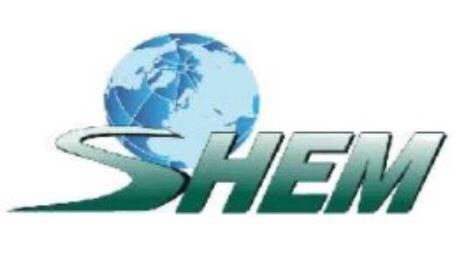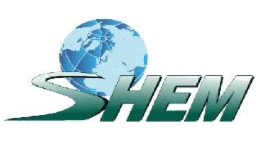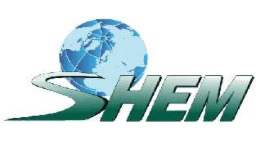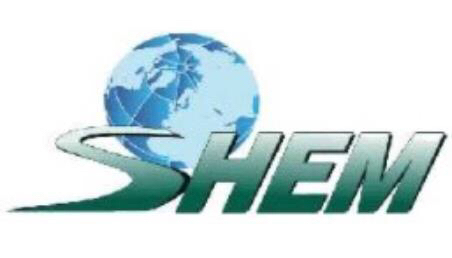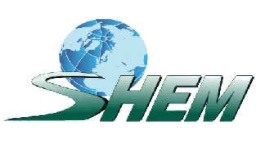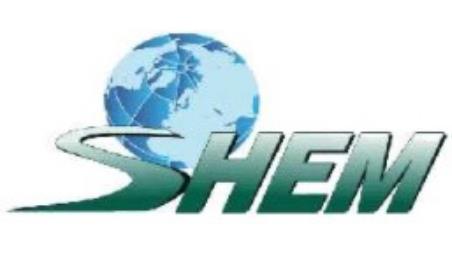Information
-
Shop Safety Audit
-
Conducted on
-
Prepared by
AUTOMOTIVE LIFT SAFETY
-
Are all operators trained on the safe use and operation of the lift using the manufacturer provided instructions and warning labels?
-
Is the successful completion of operator lift training documented?
-
Are all safety materials from the manufacturer made available to operators (i.e., operating instructions, general safety information, safety tips, warning labels)?
-
Do operators know the lift’s rated load capacity and where it can be located? The information can be found on the nameplate.
-
Is the lift area clear of grease, oil, hoses, trash, and other debris?
-
Is there adequate overhead clearance for the vehicle?
-
Are there any obstructions that could get in the way of the lift arms?
-
Are lift arms, adapters or axle supports kept away from the vehicle as it enters and leaves the service bay?
-
Is the vehicle lifted on the manufacturer’s recommended lifting points?
-
When lifting, are the lift supports or adapters securely contacting the vehicle?
-
Once the wheels clear the ground, are the lift points visually rechecked and vehicle shaken to confirm stability?
-
Is the load-holding device (lock or latch) used every time the vehicle reaches the working height?
-
Is the area around the lift checked for toolboxes, jacks, oil drain systems, etc. before lowering the vehicle?
-
Does the planned maintenance frequency follow the recommendation of the manufacturer?
-
Are worn, damaged, or broken parts and components replaced with those approved by the original equipment manufacturer or meeting original manufacturer specifications?
-
Is a record of each planned maintenance activity performed, note the specific checks and adjustments made, parts replaced, results of any measurements taken, and the recommendations presented?
-
Are there any modifications or reconstruction made to the lift without express written permission from the manufacturer?
VEHICLE REPAIR PITS
-
Is the vehicle repair pit equipped with a dike wall that has a minimum of four inches in height around the repair pit to prevent accidental spills of flammable liquids from entering the pit?
-
If there is a fuel dispensing area, is the area within the dike kept free of vegetation, debris, and any other material that is not necessary to the proper operation of the motor fuel dispensing facility?
-
Are approved explosion proof ventilation systems installed to prevent the buildup of explosive vapors?
-
Are floor markings at least six (6) feet or 1.8 meters from the edge of the pit in colors that contrast with the surrounding area?
-
Are caution signs that state “Caution – Open Pit” posted and readily visible?
CAR WASH
-
Is the appropriate PPE available (slip resistant shoes and gloves)?
-
Are all barrels, tanks, cleaning products labeled and stored appropriately?
-
Are floors clean, dry, and free of slip, trip and falls hazards?
-
Are the drains checked daily and cleaned if necessary?
-
Is equipment checked daily for air and water leaks
-
Are all hoses and fittings checked for water leaks daily?
-
Is the equipment checked or leaking hydraulic fluid daily?
-
If the car wash is equipped with a blower, are all mounting brackets and bolts checked daily?
-
Are employees properly trained in lockout/tagout procedures?
BODY SHOP
-
Is the appropriate PPE available (gloves, goggles, hearing protection, approved respirators)?
-
Are employees trained in the proper use of PPE?
-
Is an eyewash station installed, operational, sanitary and free of obstructions?
-
Is the eyewash station tested on a monthly basis?
-
Are floors clean, dry, and free of slip, trip and falls hazards?
-
Are solvent and oil-soaked rags stored in a covered container prior to disposal?
-
Are bench grinders secured, equipped with eye\tongue guards and a tool rest?
-
Are air hoses used for pneumatic tools free of defects?
-
Are workers trained in the proper use of compressed air tools and compression?
-
Are all compressed air tools and compressors regularly inspected and maintained?
-
Are all rotating pulleys, belts, fans, and wheels, etc., properly guarded?
-
If acetylene cylinders are used, are they secured in an upright position and are the valve stems capped when not in use?
-
Are flammable materials kept away from welding, grinding and other activities that produce flames or sparks?
-
Are all containers properly labeled and stored?
-
Are employees trained in the hazards of chemicals and the procedures for their safe use, spill, clean-up and disposal?
-
Are Safety Data Sheets readily available?
-
If appropriate, are employees trained in hazard communication, respiratory protection, oxygen and acetylene handling, and lockout/tagout awareness and use?
-
Is the ventilation system regularly inspected and properly maintained?
